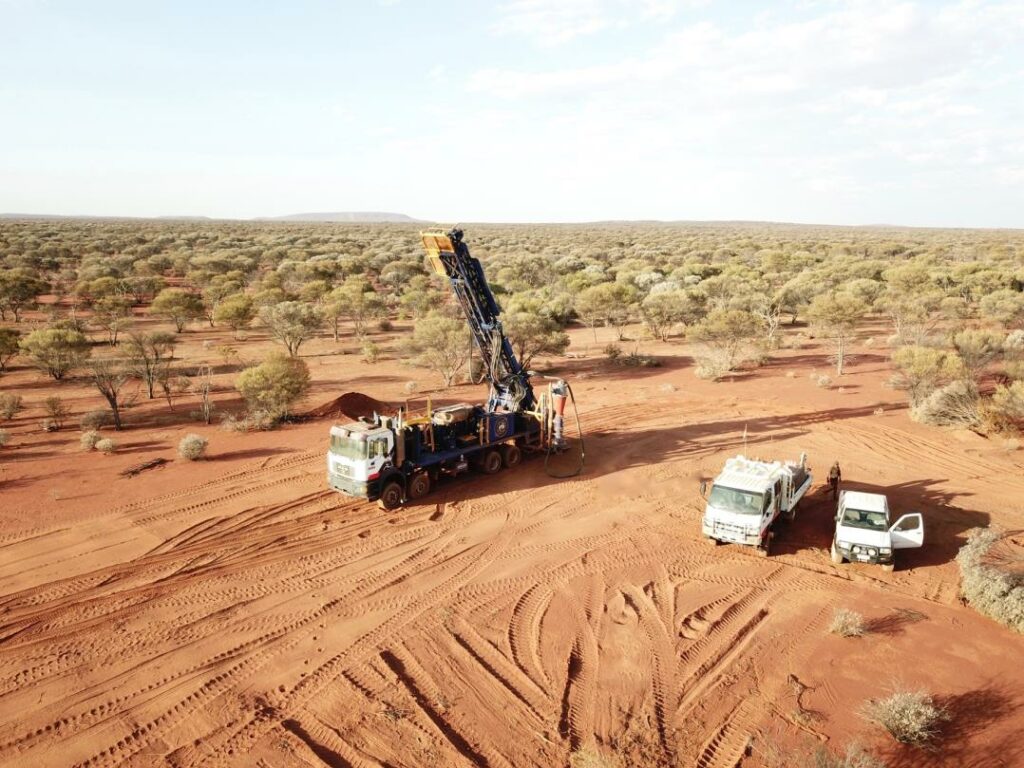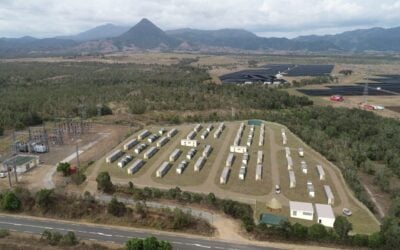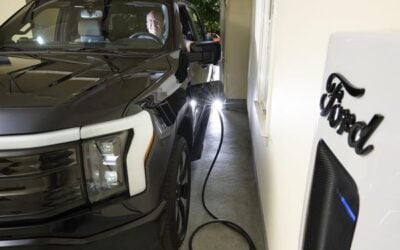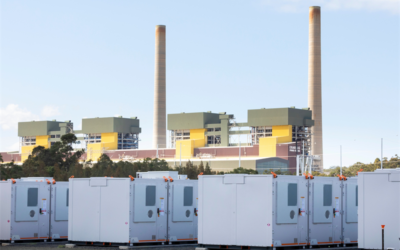
Australia wants to leverage its position as a mining and minerals hub to capture opportunities in the battery industry, and is seeking input on a National Battery Strategy.
The government Department of Industry, Sciences and Resources opened a public consultation last week (3 February).
It invited responses to a position paper on the strategy, which outlines how important batteries will be for the global and Australian economies, and how domestic industries and society can benefit. The consultation is open for a month, until 3 March 2023.
The National Battery Strategy will outline how Australian governments and industry can help build scale and competitiveness in the sector. The position paper takes as its starting point Australia’s rich natural resources for key materials used in lithium-ion batteries as well as newer technologies like sodium-ion and vanadium.
Try Premium for just $1
- Full premium access for the first month at only $1
- Converts to an annual rate after 30 days unless cancelled
- Cancel anytime during the trial period
Premium Benefits
- Expert industry analysis and interviews
- Digital access to PV Tech Power journal
- Exclusive event discounts
Or get the full Premium subscription right away
Or continue reading this article for free
The strategy will try and figure out what sort of vision is achievable, the timelines they could be achieved by, and what roles various stakeholders should play to help the country’s industry go vertically up the value chain from mining raw minerals and refining to active materials and cell manufacturing, to battery pack assembly.
It is one of three key pillars of federal government policy on batteries, together with the establishment of a domestic battery manufacturing precinct and creating what the government called a “Powering Australia Industry Growth Centre,” which would encourage investment and creation of local jobs, building on the back of an already booming renewables industry.
According to government figures, Australia is expected to export AU$16 billion (US$11.1 billion) worth of lithium during 2022-2023, albeit on the back of some volatile and high pricing over the period. Even so, the paper states that the value of batteries, driven by the need for firm capacity for renewable energy, will likely rise tenfold in the coming decade.
Australia has a good opportunity to contribute to global battery supply chains, enabling customers to diversify their sources of materials or components, while the country has a strong research sector in relevant areas, based in part on its history of mining.
The paper details out further dynamics in the battery value chain, such as comparisons of actions taken by other governments around the world to incentivise battery businesses, and a look at the various Australian state’s commitments and advantages.
One recent notable example of state-level action is Queensland’s own call for input on a battery industry strategy, also open until March. The state has about 30% of the world’s vanadium resources and vanadium redox flow batteries were highlighted as a technology in which it could hold a competitive advantage.
Australia’s Commonwealth government was elected last year on a platform that included support for renewable energy deployment and industries. The Labor Party administration, led by prime minister Anthony Albanese has recognised stationary energy storage as a key technology, or set of technologies, for delivering on those promises.
The Department of Industry, Science and Resources issues paper on the National Battery Strategy can be viewed here.
Energy-Storage.news’ publisher Solar Media will host the 1st Energy Storage Summit Asia, 11-12 July 2023 in Singapore. The event will help give clarity on this nascent, yet quickly growing market, bringing together a community of credible independent generators, policymakers, banks, funds, off-takers and technology providers. For more information, go to the website.





